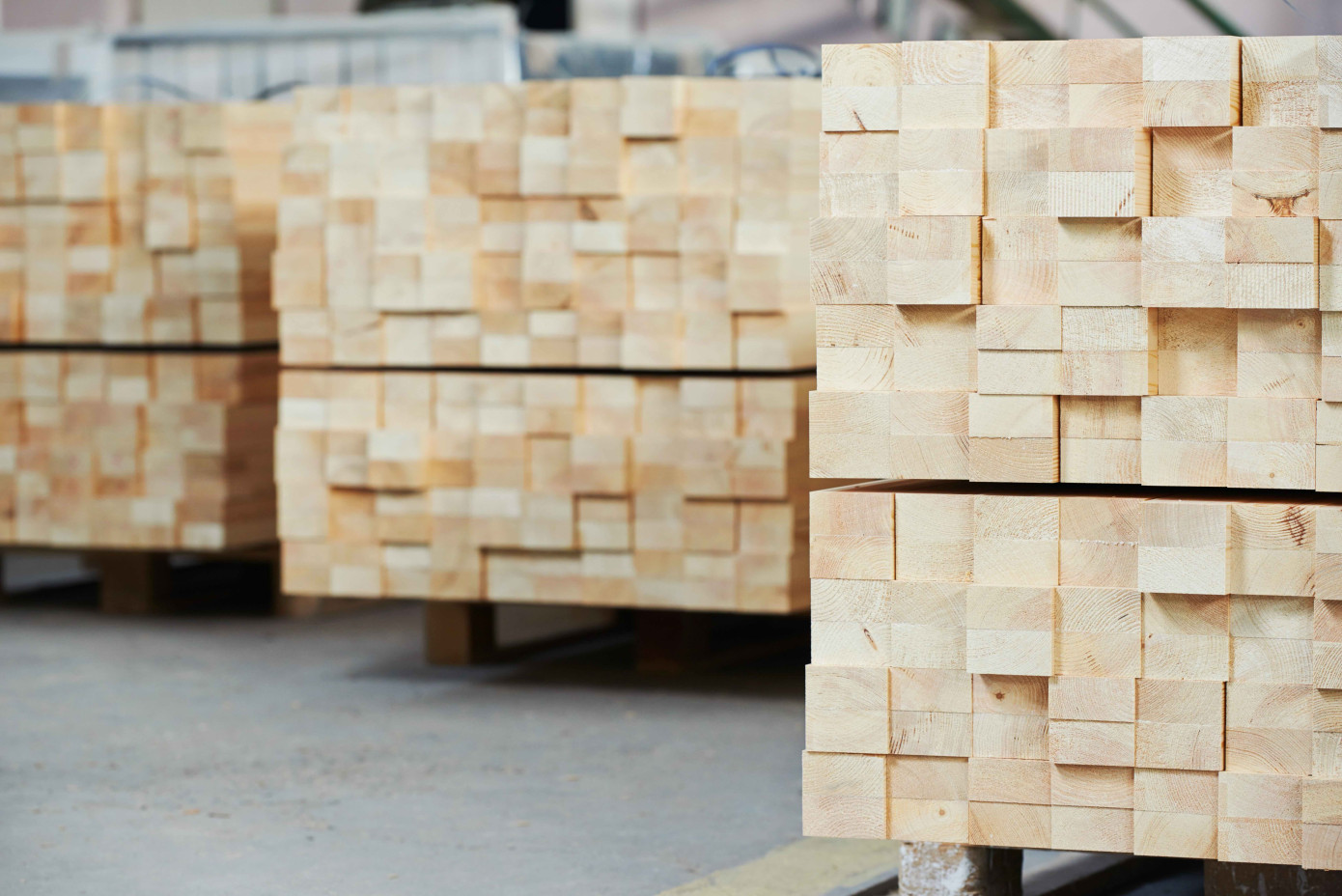Holmen’s Wood Products segment posted an operating profit of SEK 20 million for January–June 2025, unchanged from a year earlier, as seasonal price gains were offset by higher log costs and a prolonged rebuild shutdown at Iggesund Sawmill. Deliveries fell 4% to 671 thousand m3, reflecting weak construction demand and raw material shortages. In the second quarter, profit rose by SEK 19 million compared with the first quarter, supported by seasonal price increases, but the benefit was eroded by rising raw material costs.
Board and Paper achieved a 10% year-on-year rise in operating profit to SEK 886 million in the first half, driven by low energy costs and good production efficiency. However, a SEK 150 million maintenance shutdown at the Workington paperboard mill cut second-quarter earnings by 32% to SEK 358 million. Deliveries for the half-year slipped slightly to 707 thousand tonnes. The company plans another SEK 150 million maintenance stop at Iggesund Mill in the third quarter.
Forest operations benefited from stronger log prices, with profit up 7% to SEK 1.01 billion, despite harvest volumes running 15% below plan at 1.19 million m3. Renewable Energy swung from a SEK 267 million profit a year earlier to a SEK 4 million loss, as average electricity prices in northern Sweden fell to SEK 140/MWh from SEK 425/MWh, cutting revenue despite a 6% increase in hydro and wind output to 884 GWh.
At group level, operating profit fell 7% to SEK 1.79 billion, with a stable 16% operating margin. Holmen returned SEK 1.89 billion in dividends and executed SEK 862 million in share buybacks during the first half. CEO Henrik Sjölund said that while construction and paper demand remain subdued, low energy prices are expected to spur industrial growth in northern Sweden in the longer term.
